The Physics of the Warped Wall
The science behind defeating one of Ninja Warrior’s toughest legendary obstacles!
“Trust yourself. Create the kind of self that you will be happy to live with all your life. Make the most of yourself by fanning the tiny, inner sparks of possibility into flames of achievement.” –Golda Meir
There are all sorts of achievements we can strive for in life, but only one competition promises the eternal glory of Kanzenseiha (完全制覇), or Total Victory: Sasuke (サスケ), better known in English-speaking countries as Ninja Warrior!

Ninja Warrior is an obstacle course divided into four stages, where the first, second and fourth stages are timed (and the third is untimed), all consisting of a sequence of difficult and diverse obstacles that take a combination of strength, agility, speed and balance to defeat in various incarnations. But one obstacle from the first stage always struck me as being tremendously difficult: the warped wall.
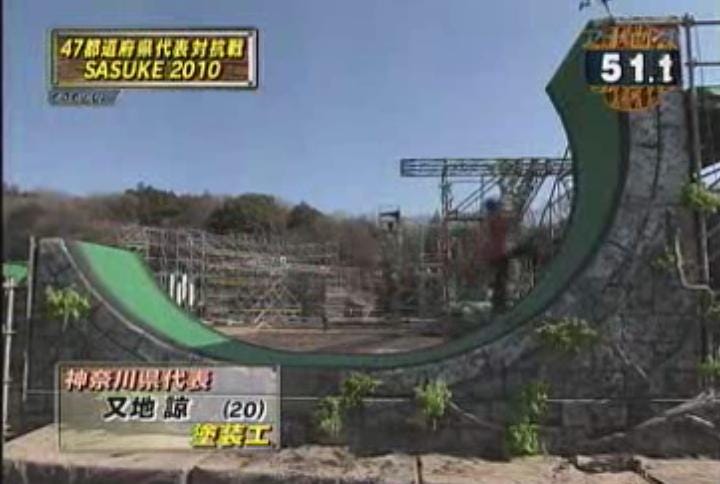
With only a short runway and a steeply curving wall that extends off the ground anywhere from 4.3-to-4.9 meters/14-to-16 feet (depending on the course), this is a tremendously difficult obstacle, especially for the shorter competitors. At 5’9″ (175 cm), I’m not particularly tall, but I was simply amazed watching the American version of the show upon seeing Kacy Catanzaro — all 5’0″ (152 cm) of her — do this at the end of her run.
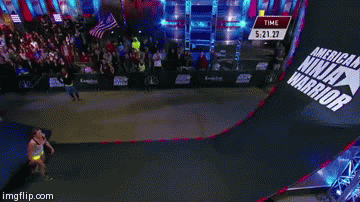
Wow! What you might not realize just looking at this is that Kacy really maximized every single aspect of what you can do with your body as far as physics is concerned. As far a technique goes, there are some very good tutorials, strategies and pieces of advice out there for conquering this obstacle from people who’ve actually done it, but they’re often filled with useless platitudes like this:
“Yeah, basically, it’s all about commitment. If you go in there 100% commitment and with confidence, you’re gonna make it.”
No, you won’t, not unless you accidently happen to discover the correct physiological technique — the techniques that make the best use of the human body constrained by the laws of physics — through the sheer accident that comes with relying on commitment and confidence alone. Let’s take you through the physics of what you need to do to make this happen!
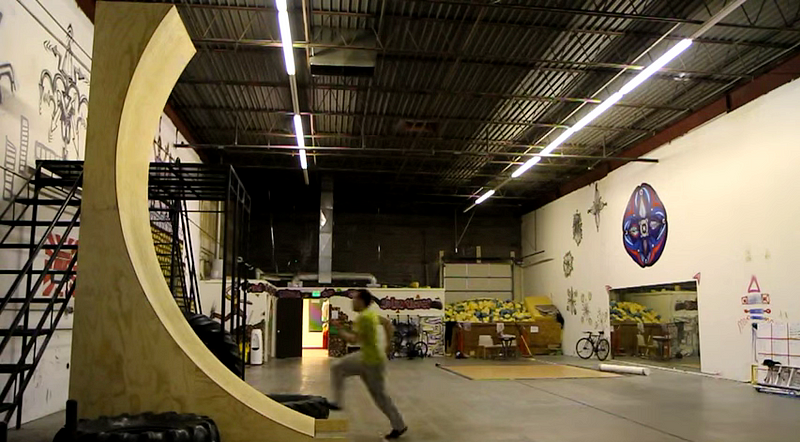
1.) The run-up. The most important thing to do starting out is to build up as much speed as you can, or more precisely from a physics standpoint, as much momentum (which is mass × speed) as you can. Your velocity, at least at the start, is going to be completely horizontal, but you need to be thinking about where you want to wind up: hanging as vertically as possible with your hands solidly gripping the top of that wall.
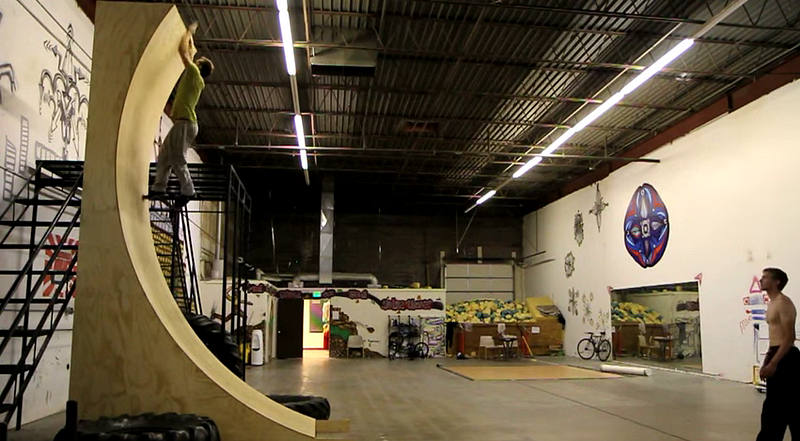
So how are you going to get there? You’re going to need to keep as much of your horizontal momentum as possible going into the wall, and use that wall to convert it into vertical momentum. Even with your arms outstretched straight up, you still need to add some eight feet (or 2.4 meters) to your center-of-mass’ height in order to get there. Based on the size of a stride of a human running as quickly as they can, you’ve got three steps on the wall to do it.
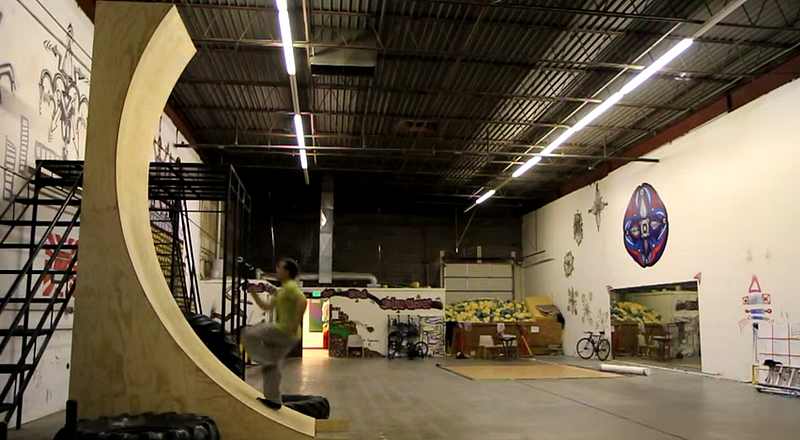
2.) The first step on the wall. Notice, above, how he’s not leaning forward as he comes into the wall. Why wouldn’t you lean forward? Because the goal isn’t to simply push up like you’re climbing a wall, but to continue accelerating. Remember, acceleration isn’t just about making yourself go faster or changing your speed, it also includes changing the direction of your motion! In this case, you’re using your foot to change the direction of your momentum, directing it up the ramp.
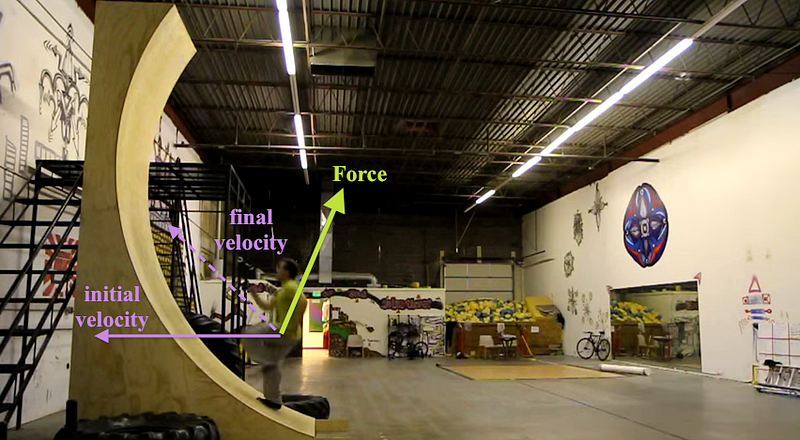
Your goal should be to maintain as much of your speed as possible, but also to get that other foot significantly higher up the wall: about halfway to where the curvature becomes completely flat, or perpendicular to the ground. And that prepares you for…
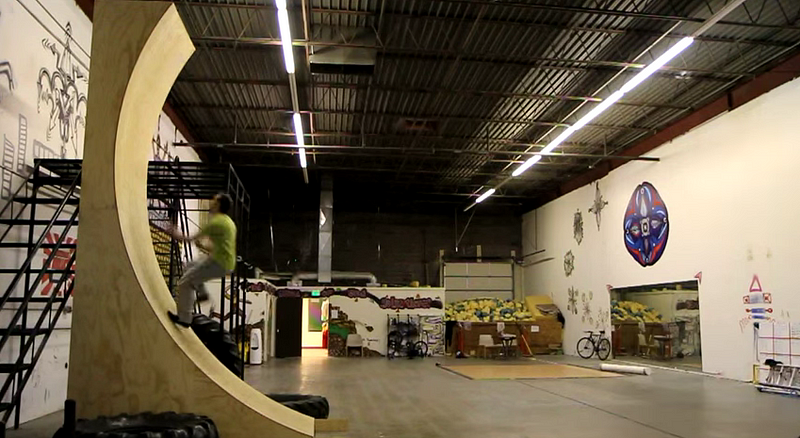
3.) The second step on the wall. Unlike the last step, this time you’re a lot higher off the ground, a lot closer to your goal, but you’re still moving forward with quite a lot of speed. You need to change that! In particular, you’ve got to get the vast majority of your built-up speed converted into vertical speed, and that requires just the right amount of acceleration.
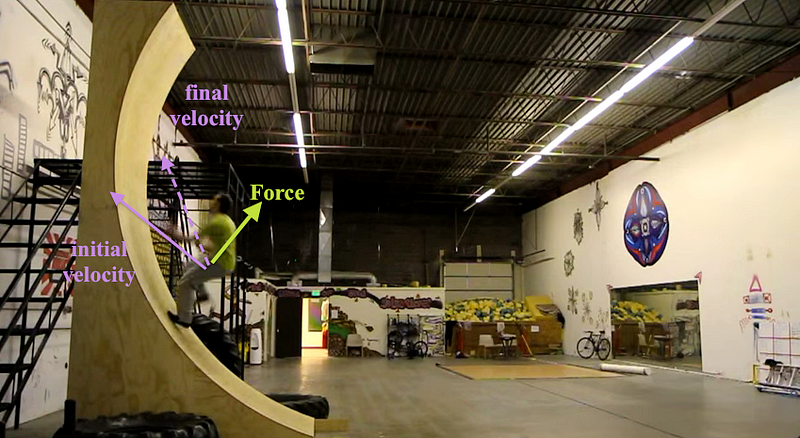
By time you’re getting ready for your third step, you should be moving almost completely vertically but still forward a little bit. There’s a big reason for this: remember the final position you want to be in!

I know, I showed this picture already, but it’s important. You want to have your center-of-gravity completely underneath your hands. You don’t want to be either too close to or too far away from the wall, as that puts an extra torque on your hands, and causes almost all contestants to fail to maintain their grip on the top of the wall! So how are you going to get there?
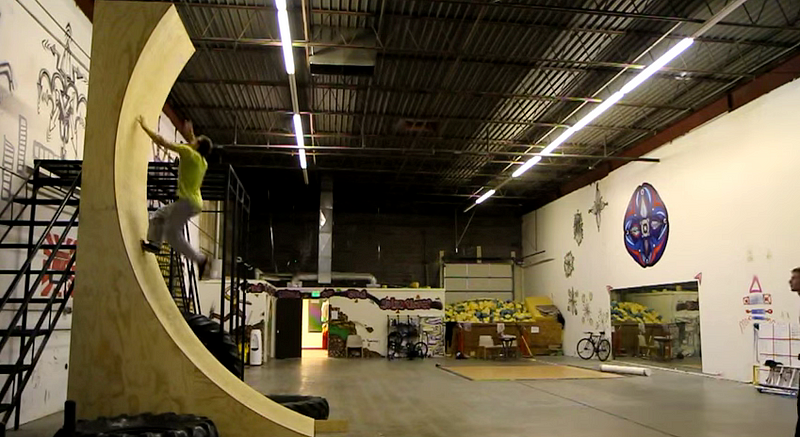
4.) Your third and final step on the wall. You need to make sure that, when your third step comes, your center-of-gravity is already in the exact horizontal position you want it to be, and that last step is both a jump up and also a push into the wall (that pushes you away a little bit), reducing your horizontal velocity to zero!
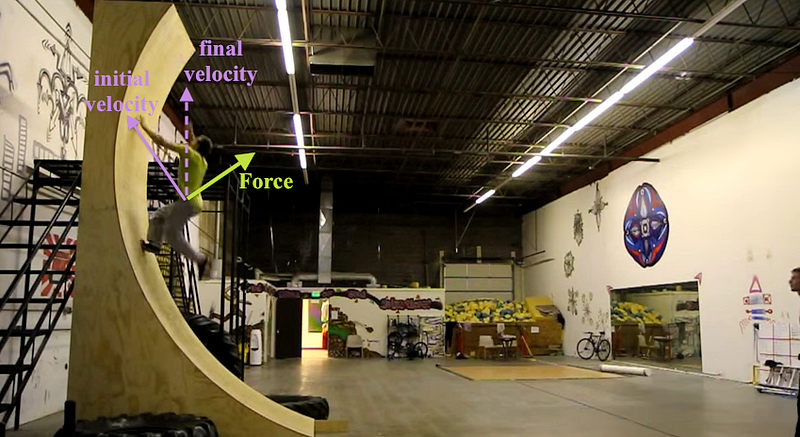
And if you can make your body do that, that’s the optimal technique according to physics as to how you get atop the warped wall!
Check out the full tutorial video from Ryan Ford:
And good luck to you in all your ninja-esque endeavors!
Leave a comment at the Starts With A Bang forum on Scienceblogs.





